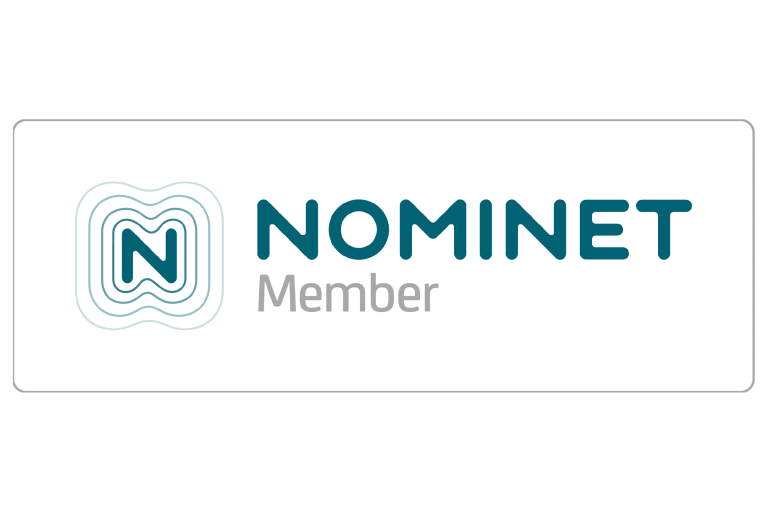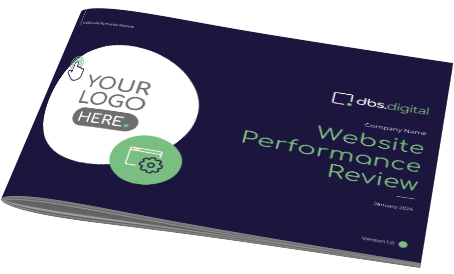Email marketing is a way of sending targeted messages straight to potential customers’ inboxes. It can take a range of forms and deliver a lot of different messages for a very low cost. This article aims to break down what email marketing is and how it can benefit businesses’ marketing strategies.
What does email marketing look like?
You may have had more than a few cold sales emails drop into your inbox over the years, trying to introduce you to a product or service and then trying to get you to buy within a few paragraphs. While this is one kind of email marketing, it is not a great example of it and has extremely low conversion rates due to being viewed as generic spam. Here are some examples of other forms that email marketing can take:
Discount and sales period notifications – these let you know when products go on offer and can be personalised based on what customers buy or have on wish lists.
Newsletters – used to provide updates on anything happening in the business, like changes to opening hours, new services, or blog content.
Transactional emails – branded receipt emails used to confirm a purchase.
Welcome emails – sent out to greet or thank someone for signing up to a newsletter or subscribing to a service.
Re-engagement emails – used to prompt someone to act, like if they haven’t interacted with an email in a while or have added an item to their basket and not purchased.
How is email marketing effective?
Email marketing is a great complement to any digital marketing strategy as it allows for more personal communication with your client base. Personalised messaging can be anything from using the customer’s name to tailoring the content based on how they interact with your brand or storefront. The ability to tailor the messaging makes communication far more meaningful and results in some of the highest returns on investment across all forms of marketing, especially as it can be done at a very low cost.
The mailing list is the key
The success of an email marketing campaign depends on who you send the emails to. Building a great mailing list is crucial, and the type of people on your mailing list can inform you on what kind of message to send. You can start building a mailing list using incentives like lead magnets that offer discounts for signing up, offering loyalty schemes, or giveaways.
Choosing the right email marketing platform
There are many email marketing platforms out there, so it’s important to find one that suits your needs. Factors to consider include:
Customisation options: Can you easily change the look, layout and branding of the emails? Does it accommodate some more advanced email templates?
Scalability: Can the service easily accommodate the increased volume and complexity that comes from a growing number of subscribers?
Integration: Can the service integrate with other marketing platforms, like customer relationship management software?
Reporting: How in-depth are the analytics from the emails you send out and are they relevant to your business?
Marketing email do’s and don’ts
DO: Seek subscriber consent. Making sure people signing up are aware of what they’re signing up for will also improve the quality of your mailing list. Ensure that clear feedback is given once people sign up.
DON’T: Send too many emails. It can be easy for your emails to find their way onto automated spam filters, and a big factor is sending too many emails out.
DO: Advertise exciting offers or important changes. Customers will be more likely to engage with your emails if they have a history of being highly relevant to their needs.
DON’T: Send emails without defining clear goals and objectives. Ask yourself, what is this email going to achieve? ‘More sales’ isn’t a clearly defined goal, but ‘increasing sales of a single product’ is. You can measure the success of a campaign by trying to achieve something specific with it.
DO: Create a content calendar. You can outline key dates to prepare in advance for and balance the frequency of your marketing emails.









